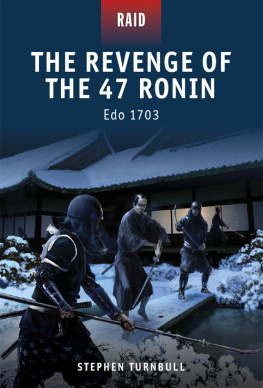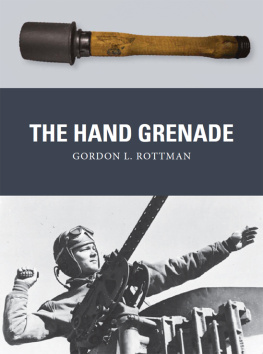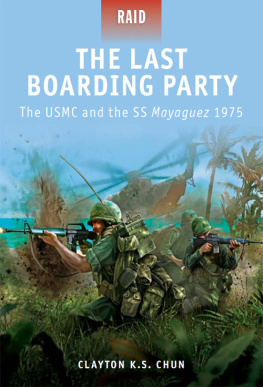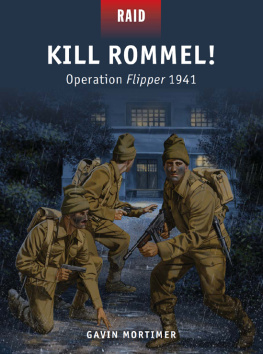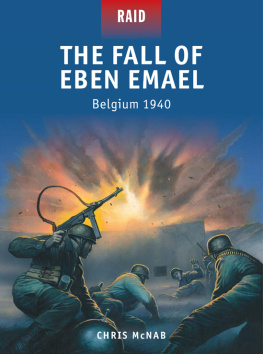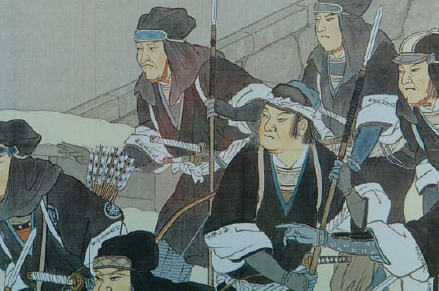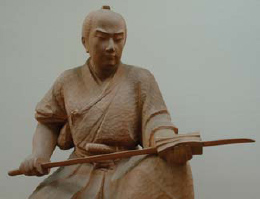THE REVENGE OF THE 47 RONIN
Edo 1703
STEPHEN TURNBULL
CONTENTS
INTRODUCTION
The revenge raid by the Forty-Seven Ronin of Ako was an incident that turned samurai culture on its head. As any popular account will relate, a young lord called Asano Naganori was taunted mercilessly by the greedy and cunning Kira Yoshinaka. Goaded to the limit, Asano struck Kira with a sword. As a result of the attack Asano was condemned to death, thus making the 47 samurai retainers who remained faithful into impoverished ronin or men of the waves, a word implying that they had been cast adrift on the ocean. Motivated solely by the principles of samurai honour and loyalty to their late master, the Forty-Seven Ronin, as history now knows them collectively, hatched a plot in complete secrecy and then, on a snowy night in January 1703, launched a raid to take the life of the cowardly Kira Yoshinaka. The Shogun, the ruler of Japan, utterly failed to recognize that the samurai code of bushido (the way of the warrior) and the self-denying tenets of Zen Buddhism had compelled them to seek revenge, and instead condemned them all to death. Within days they all committed suicide, earning thereby the respect and admiration of their contemporaries.
That is the popular version of the Raid of the Forty-Seven Ronin, immortalized ever since through numerous plays, prints, novels and films. The unfortunate thing about the above account, however, is that hardly a word of it is true. The date was 1703 not 1702. Their victims name was Yoshihisa not Yoshinaka. He was no coward. Greed and treachery were not involved and he played almost no part in bringing about Asanos death. Not all of Asanos 270 former retainers joined the plot or even sympathized with it. Religion played almost no part in their deliberations. The secrecy involved in their convoluted plot compounded the utter illegality and underhand nature of their act, to which the Shogun responded correctly by invoking the law of the land. The reaction by their contemporaries involved condemnation in addition to admiration, with both the Forty-Seven Ronin and their late lord being dismissed as cowards and a disgrace to the name of samurai. Finally, instead of 47 loyal samurai there were (according to some authorities) actually only 46, or maybe even 48. In fairness to the popular account, however, I can assure the baffled reader that on the night the raid was launched it was indeed snowing.
Up to the point when I undertook an extensive study tour of the places associated with the Forty-Seven Ronin, I shared fully and largely uncritically in the concepts and images provided by the popular version of the story, and in this I was not alone. One of the compilers of the Cambridge History of Japan, for example, in one of three references to the incident, calls the Raid of the Forty-Seven Ronin a vendetta against a single wicked bureaucrat. This negative judgement of Kira Yoshihisas character, together with the main details of the story, were set out succinctly in the first account of the raid to be published in the English language. It was contained within a book of 1822 entitled Illustrations of Japan, consisting of Private Memoirs and Anecdotes of the reigning dynasty of the Djogouns, or Sovereigns of Japan by Isaac Titsingh, where we read that the injustice of Lord Asanos death sentence exasperated the servants of the prince, so much the more since it was Kozuke [i.e. Kira], who, by his repeated insults, had caused the death of their master. Half a century later, a similar but much better-known and more influential account of the vendetta was to be contained within a book published in 1871 entitled Tales of Old Japan, written by A. B. Mitford (Lord Redesdale), one of the pioneers of Anglo-Japanese relations.
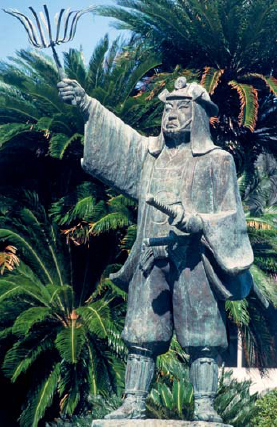
This statue of Oishi Kuranosuke, the karo (chief retainer) of the Ako branch of the Asano han (domain), greets visitors outside the station of Banshu-Ako in Hyogo prefecture. Oishi was the leader of the Raid of the Forty-Seven Ronin.
We now know that Titsingh and Mitford, in common with most of their successors, were looking at the incident through a very large distorting lens. This lens was provided by a play from the Japanese kabuki theatre that was based on the raid and is usually referred to by the abbreviated title Chushingura (The Treasure House of the Loyal Retainers). It was first produced in Edo (modern Tokyo) in 1748 and has never left the repertoire since; in fact the National Theatre in Tokyo was due to stage a performance of it shortly after my departure from Japan in the summer of 2010. This version of the story, involving changes of names, dates and locations, is universally recognized for what it really is: a classic drama based on an unashamedly fictionalized account of an actual historical event; yet somehow the overall impression of the nature and circumstances of the raid provided by Chushingura has completely eclipsed the sober historical reality. To use an analogy from English history: it is as if our total knowledge of Richard III and our commemoration of him was based solely and completely upon the fictionalized version contained within Shakespeares play. So, for example, the popular physical appearance of the Forty-Seven Ronin derives almost entirely from 19th-century woodblock prints that are based not on authentic descriptions of the raiders nor on surviving pieces of their clothing, but on the theatrical costumes used in Chushingura.
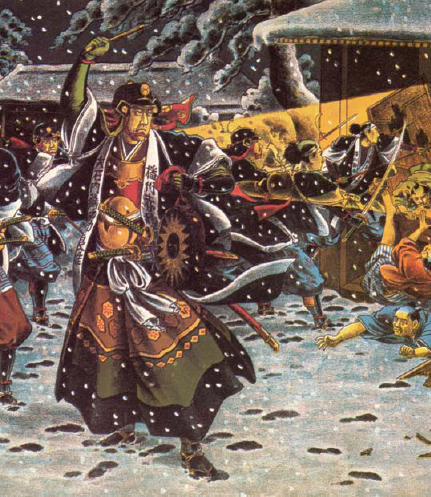
Most of what is popularly known about the Raid of the Forty-Seven Ronin derives not from history but from the theatre. In this romantic painting from early in the 20th century, we see Oishi Kuranosuke banging a drum as a signal to start the raid. This is essentially a scene from Chushingura, although the setting in snow-covered Edo is undoubtedly authentic.
A series of superb wooden carvings in the Oishi Shrine in Banshu-Ako add a more naturalistic image to the theatricality of the woodblock print depictions of the Forty-Seven Ronin. Here one of the ronin, called Katsuta Shinzaemon Taketaka, contemplates his sword.
Behind all these visual images lies one common message the raid represented a noble act of samurai heroism to right a wrong that was tragically misinterpreted by the authorities. It is the purpose of this book to examine the revenge of the Forty-Seven Ronin for what it undoubtedly was: a small-scale, carefully planned and ruthlessly executed military operation designed to achieve a particular objective. This is an approach that will take into account the political and social environment of the time and the complex nature of the three centuries worth of reaction to it. By these means, I hope, we may be able to get nearer to understanding what really happened on that fateful snowy night when the world of the samurai was so dramatically turned upside down.

